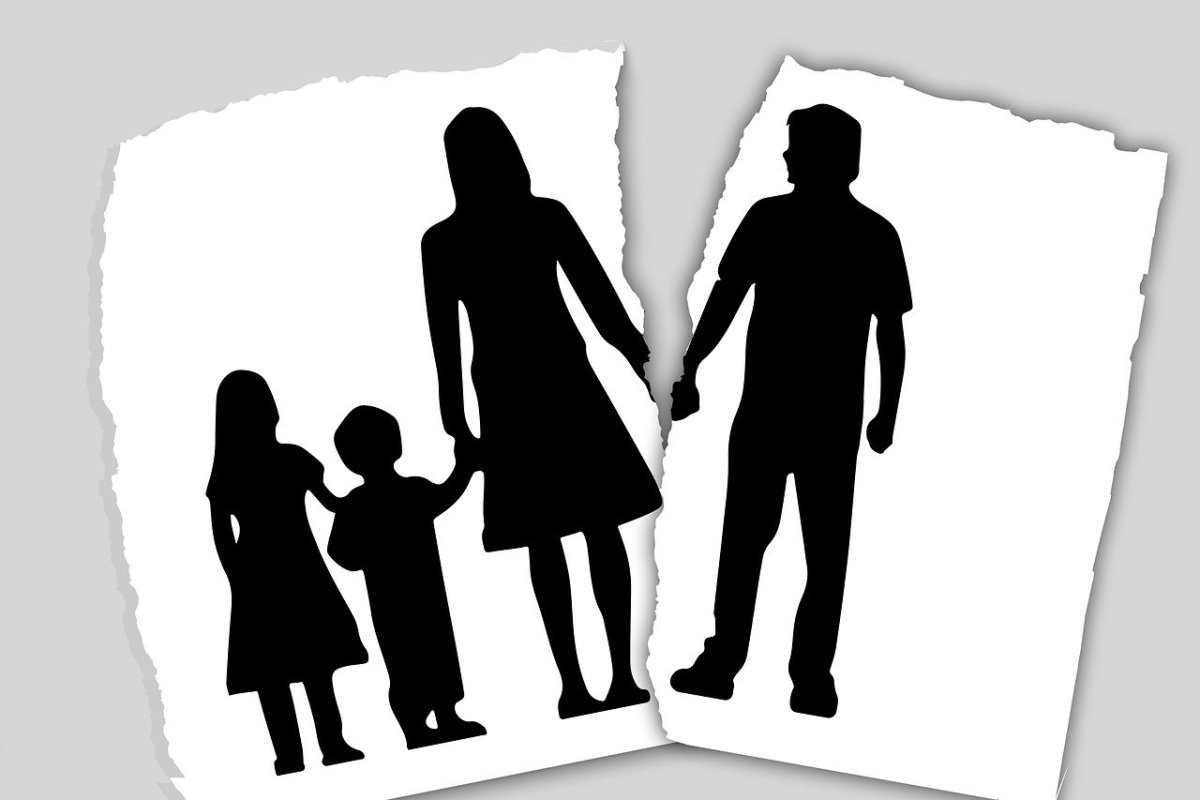Why You Should Stay Together for the Children
Introduction
Seventy years ago, it was common to hear an unhappy couple say they were staying together for the sake of the children. Modern families have gone in the other direction, separating when challenges arise or someone feels unhappy or unfulfilled, assuming it is better to separate than try to stay together, despite the better life outcomes for kids from intact families.
Unfortunately, a wealth of data reveals that those who stay together through the difficult times and when they are unhappy overwhelmingly regain their footing. And their children benefit immensely from an intact home, as long as there is not physical abuse, drug abuse or repeated affairs.

Staying Together for the Kids Often Equals Happy Parents
When parents grow apart, the throw-away nature of our society leads parents to think of quitting the relationship. Yet choosing to stay together can lead parents to work through their issues and lead to a happy marriage. According to the study “Does Divorce Make People Happy?”, about two out of three unhappy couples were happy five years later.
New Partners Rarely Make Up for the Missing Parent
When parents find new partners, the risks for the children increase. The most likely person to abuse a child is not the mother or the father but a live in boyfriend or girlfriend unrelated to the child. The second most likely person to abuse the child is a step-parent.
The odds of child abuse according to a Heritage Foundation study are 33 times higher if the mother is living with a boyfriend than if she is living with the child’s biological father.
Separation and Divorce Makes Life Worse for the Kids - and Mom
Staying together for the children is better for the children. Life outcomes such as truancy, educational attainment (finishing a high school, going to college), getting arrested, becoming addicted to drugs, developing mental illness and having an out of wedlock birth as a teenager all worsen for children as the two parent family disintegrates.
Children from two parent married families have the best life outcomes, the highest educational attainment, greatest odds of being happily married themselves, are less likely to do drugs, go to jail or develop an addiction. Single, never married mothers have children with the greatest odds of negative life outcomes. Children of divorced families fall in the middle, with the risk of negative outcomes increasing when the divorce happens when the child is young.
Staying together for the sake of the children also protects Mom's quality of life. Divorce causes poverty for many women. This is caused by the splitting of households, increasing living expenses of each while costing them the savings from the economies of scale. This is also why newly divorced women are among the groups with the highest rate of bankruptcy. Poverty also worsens life for children, increasing their risk of abuse and neglect.
Shouldn't We Separate Because Most Couples Divorce?
Shaunti Feldhahn studied the 50% of all marriages end in divorce statistic. This myth goes back to the brief time in the 1970s when marriage rates fell while divorce rates rose to half the rate of marriages. However, the divorce rate included the ending of a large pool of marriages, while marriage rates were at a low that eventually crept back up.
For college educated coupled, 3/4 of their marriages remain intact until one partner's death. For everyone else, at least 60% of first marriages remain intact until the death of one partner.
What about second marriages? Over half of all second marriages remain intact until the death of one partner.
The lesson to learn from Ms. Feldhahn's research is that you shouldn't assume trouble is a guarantee you'll get divorced because divorce is somehow inevitable - unless you make it a self-fulfilling prophecy.








